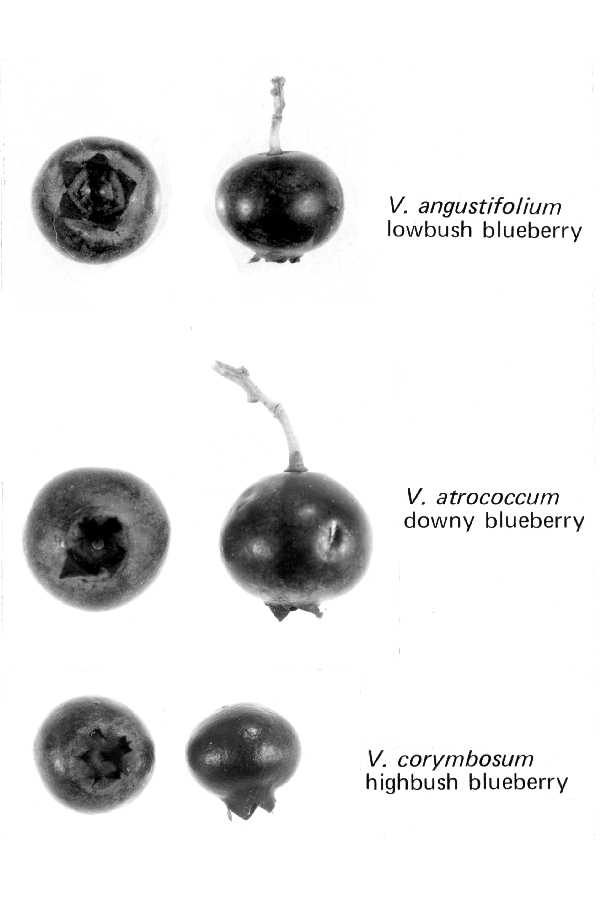Difference between revisions of "Lexi"
| Line 15: | Line 15: | ||
== Where does ''V. corymbosum'' Grow in the United States? == | == Where does ''V. corymbosum'' Grow in the United States? == | ||
| + | [[Image:blueberry growth.jpeg]] | ||
Revision as of 02:04, 18 January 2011
Blueberry Phylogeny and Varietes
There are more than 1000 described species in the blueberry subfamily, Vaccinioideae, of the family Ericacea ([1], [2]). Within this subfamily, the largest genus is Vaccinium, consisting of approximately 450 species ([3]). Taxonomy of these species is based on pre-molecular techniques, and most genera are poorly understood ([4])
Vaccinium corymbosum, also known as the northern highbush bluberry, is a species within the section cyanococcus ([5]). This section consists of the species V. angustifolium, V. boreale, V. caesariense, V. corymbosum, V. darrowii, V. elliotti, V. formosum, V. fuscatum, V. hirsutum, V. koreanum, V. myrsinites, V. myrtilloides, V. pallidum, V. simulatum, V. tenellum, and V. virgatum. V. corymbosum is native to North America and is a shrub approximately 6-12 feet tall ([6]). While most of the species you can find in a supermarket are native to North America, the highest diversity of blueberry family species is found in the tropics ([7]).
Commercial Varieties and History
Along with V. ashei (also known as the southern rabbiteye), V. corymbosum is the most highly cultivated species of blueberry. These two species were domesticated throughout the 20th century and used to create the cultivated blueberry industry ([8],[9] ). Efforts to create the current, commercial blueberry began in the early 1900’s when Elizabeth White and Dr. Frederick Coville collected and bred wild blueberries with desirable traits in the Northeast USA. There are many edible species within Vaccinium, with common names such as bilberry, cowberry, cranberry, crowberry, farkleberry, lingonberry, and sparkleberry ([10]). As members of the family Ericaceae, blueberries grow best in acid soils, with a pH between 4 and 5 ([11]).
In the Northeastern United States, Native Americans revered blueberries for the perfect five-pointed star formed by the blossom end of each berry ([12])
